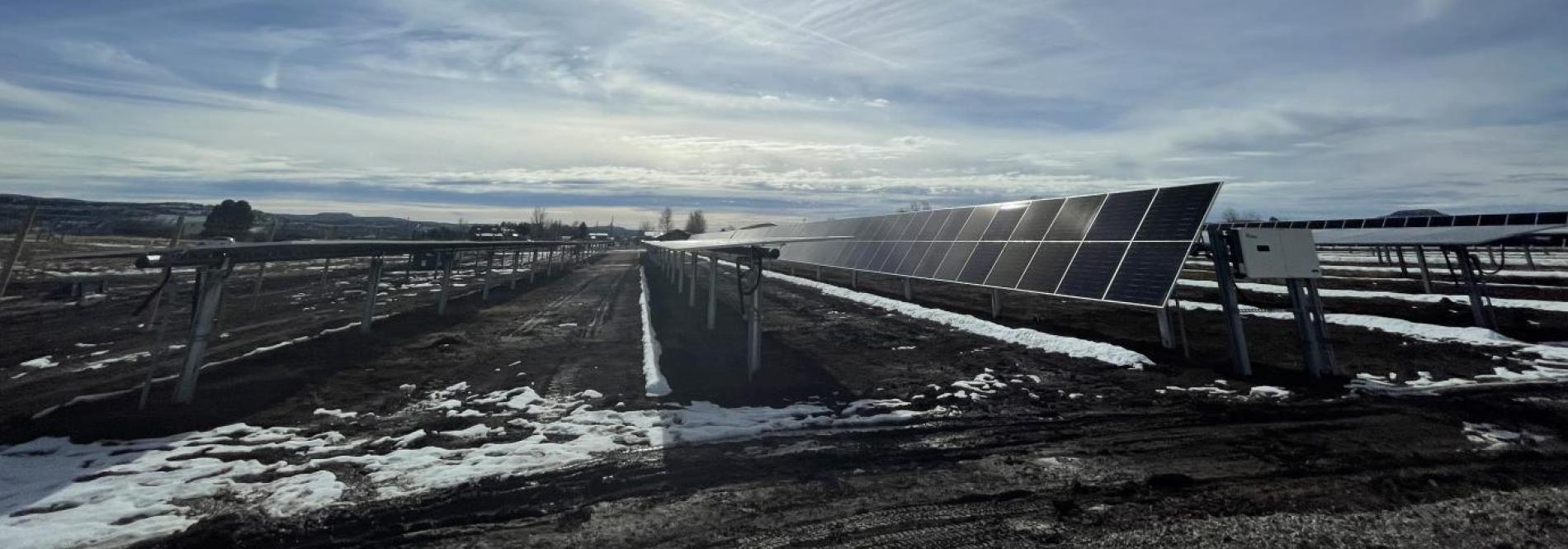
There has been significant progress in solar energy adoption within certain Durango neighborhoods, with some areas now meeting 100% of daytime electricity needs through local solar energy. This milestone marks a positive advancement for the community and aligns with our commitment to achieving carbon reduction goals. However, due to state and federal interconnection regulations and to maintain the safety of our members, we have temporarily suspended the acceptance of new solar power system interconnection applications in certain areas to further study and find solutions.
Currently, we have one of the most generous solar policies in the State of Colorado, which has allowed for the installation of larger solar systems than mandated and provided by Colorado law. This has enabled the rapid growth of solar generation within our service territory.
In 2023, we implemented a sophisticated grid monitoring system to better understand the flow of electricity along its power lines. This data was analyzed by third-party grid experts who determined that because of the significant increase in residential solar, combined with a few very large commercial solar systems, several areas in Durango are at capacity for daytime solar. We have allowed members to generate more solar than they need, which serves the neighboring houses and businesses. However, according to third-party grid experts, in some of these areas, there are not enough houses and businesses to take more solar energy. Incidentally, this can create a safety and reliability risk if growth continues without a plan in place.
“As we pause to further understand the risks and identify solutions for our members, we know this may be disappointing for those who want to install solar in these areas. First and foremost, it is our job to keep your lights on and to reduce fire and safety risks,” says Jessica Matlock, CEO.
We are currently investigating various solutions with experts across the country to address the growing demand for solar energy, including homeowner-installed batteries, substation batteries, adoption of advanced technologies for energy management, and the establishment of Community Solar Gardens. These solutions would allow continued solar integration while keeping members safe and their lights on.
To inform stakeholders, we have provided an interactive map highlighting areas where solar installations are currently meeting over 90% of daytime electricity demand. The red shaded areas indicate locations where new solar interconnection applications are not being accepted. To view the map, click here.
